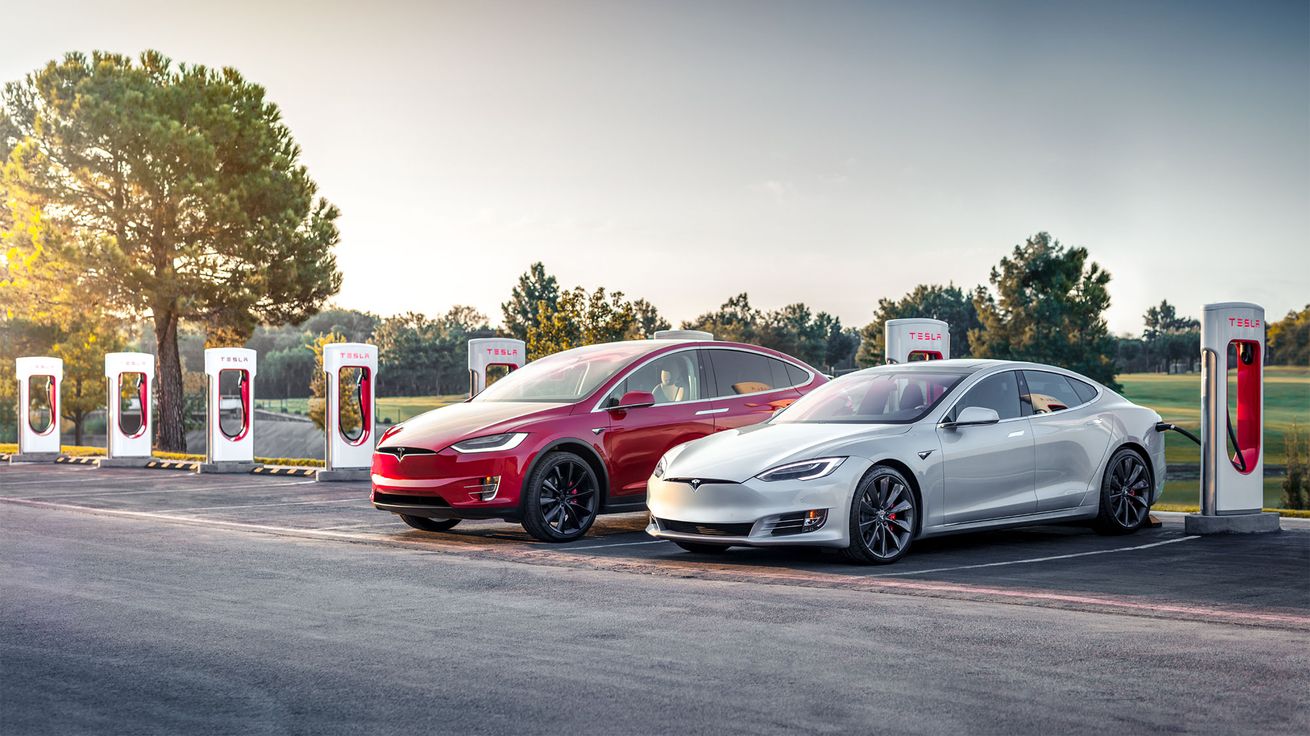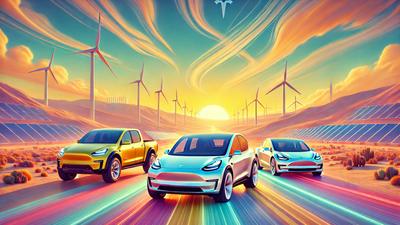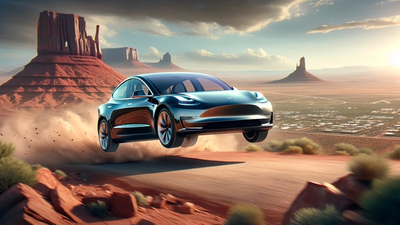If you’re thinking about driving an electric car but are concerned about the battery range not being long enough, you’re not alone. According to AAA research, the two biggest fears Americans have about switching to electric cars is not having enough electric car charging stations (58%) and that they’ll run out of charge (57%).
Fortunately, most people’s range anxiety can be cured by actually driving an electric car. According to a new AAA study, 95% of electric car drivers have never run out of charge. While driving an electric car may be the ultimate cure for range anxiety, it may be even less stressful to assess your access to electric car charging stations before you buy an electric car.
Here’s a step by step guide to see how an electric car will work with your driving habits:
1. Evaluate your home charging options
Do you own a home?
According to Energy.gov, Americans do 80% of their electric car charging at home. If you have home charging, it’s a bit like parking your car at the gas station every night, and starting each day completely refueled.
Level 1 charging
Most electric car charging cables can be plugged into any standard electric wall outlet that one would use to charge a smartphone. No special equipment or connectors are required. From a standard electric plug, batteries recharge at a speed of 2 to 5 miles per hour of charging. If your driving habits resemble the average American, who drives about 32 miles per day, then charging on a wall charger (also called “Level 1” charger) each night may be all you need to start.
Level 2 charger (240 volts)
If you have a need for speed, a Level 2 electric car charging station can recharge your battery at 10-20 miles of range per hour. Level 2 chargers cost as little as $500 to $800 at stores like Amazon and Walmart and can be installed at home with the help of an electrician. At a minimum, Level 2 chargers should be installed on a dedicated 40-amp circuit. If you want to future proof your investment, a 50 or 60 amp circuit would be better.
Utility Incentives
Some electric utilities offer rebates for installing electric car charging stations in your home as well as special electric rates for electric car customers. Use our free tool to discover your savings.
Do you rent an apartment?
If you have parking near an electric plug at your apartment, you could talk with your landlord to arrange to plug in (and pay for) charging in your building. In some cases, landlords may be open to installing faster Level 2 chargers.
If you only have access to street parking, don’t dispair. It still may be possible to find charging near home. See the next step.
2. Locate DC Fast Chargers near you
Often misnamed a “Level 3” charger, DC Fast Chargers (or “Superchargers” for Tesla) use special high-powered equipment to charge a battery from empty to 80% full in less than 30 minutes. Because installing this equipment is expensive, home installations are rare.
However, DC Fast Chargers are becoming increasingly available as public charging options because of their speed. Whether you have charging at home or not, you should locate the DC Fast Chargers near where you live in case you ever need a rapid powerup.
One way to lookup fast chargers is a charger locator from the US Department of Energy. I simply enter my location (e.g. Duboce Park, San Francisco) and filter for only DC Faster Chargers.

I can see (below) that the Whole Foods that is 0.2 miles from my apartment has a DC Fast Charger. So if I needed to get a quick fill up, I could recharge my battery 80% in 30 minutes (and possibly get some groceries while I wait).
3. Plug into (free) Workplace Charging
Does your employer offer free workplace charging? Electric car charging is already much cheaper than gas. What if you could get your employer to pay for your fuel while you’re at work?
Workplace electric car charging stations are becoming an increasingly popular perk. Most of chargers are Level 2, meaning they will come close to filling up your electric car battery in an 8 hour work day.
Don’t have EV charging stations at work yet? Here’s some resources to get started:
- Workplace Charging for Plug-In Electric Vehicles (US Department of Energy)
- Six Tips for Bringing EV Charging to Your Workplace (Chargepoint)
- Check if your utility has rebates for workplace charging (My utility MCE has $3,000+ in charging rebates.)
Better for the Environment
Beyond the benefits of free fuel, workplace charging is generally better for the environment too because most recharging is done during the day when solar energy is strongest on the electric grid.
4. Route Plan Your Big Trips for Electric Car Charging Stations
Pro Tip: Most electric cars come with navigation systems designed to give you recommendations on where to find charging stations based on your route.
Here’s one way to plan charging for bigger trips before buying an electric car:
- Go to Plugshare.com.
- In the Filters, click “Manage A Vehicle” to add one you’re considering driving (e.g. Kia Niro EV).
- Set Minimum Power to 50 kW (for DC Fast Charger)
- Then choose “Trip Planner.”
Trip Test 1: San Francisco to Lake Tahoe
I first tested SF to LA. As you can see in the map below, the fully charged Kia Niro has enough battery range (highlighted in green) to get me to Tahoe without recharging. However, there are more than 15 DC Fast Chargers on my route where I could recharge to 80% battery in less than 30 minutes (perhaps, over lunch).
Trip Test 2: San Francisco to Los Angeles
Next, I tested a longer drive from SF to LA. The Kia Niro could get me more than halfway to LA before recharging. And there are more than 20 DC Fast Chargers that I could recharge at along my route.
Trip Test 3: San Francisco to Mendocino
Finally, I wanted to test a more scenic (and remote) trip like Mendocino, California. I could drive to Mendocino without recharging (assuming a conservative 220 mile range for the Kia Niro EV which has a published range of 239 miles.) However, there are 0 DC Fast Chargers in Mendocino. How can I refuel once I arrive?
Option A: Plug into “Level 1” electric car charging. Call ahead and ask the hotel or Airbnb if there’s an electric plug near my parking spot where I can plug into a wall outlet.
Option B: If no assigned parking outlet is available, refuel at one of the Level 2 public chargers located near Mendocino town.
5. Consider a roadside service as a backup plan
If you are still concerned about running out of electric charge, consider signing up for a roadside service like AAA.
If you’re stranded without a charge, AAA can tow you to the nearest electric car charging station for free. Some car makers, like Tesla, even offer this service for free.
6. See how much you could save on an electric car
As you get more comfortable with your charging station options, check out the thousands of dollars you can save on an electric car. It’s likely an absurd amount.






